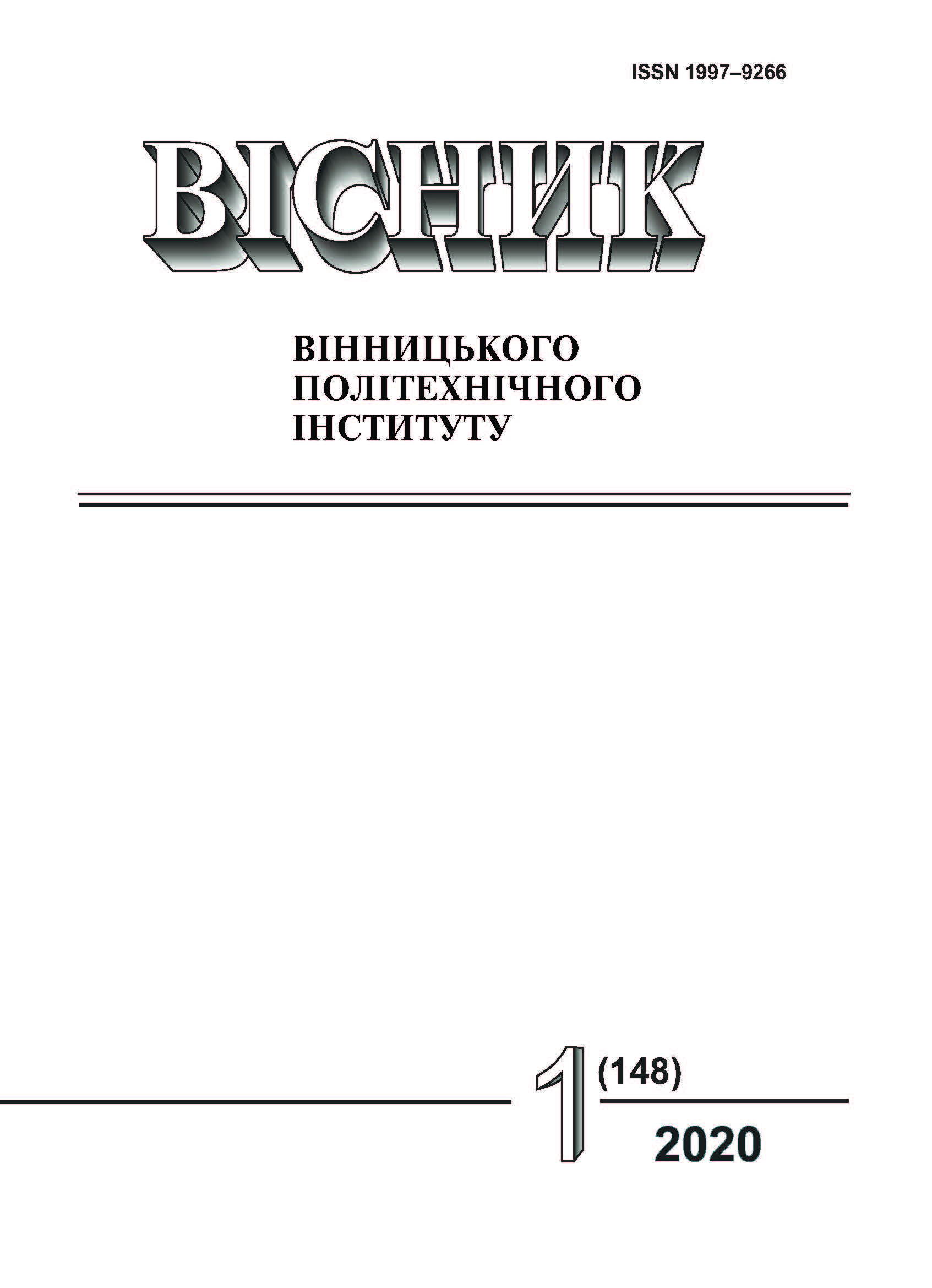ТЕХНОЛОГІЧНІ ОСОБЛИВОСТІ ЗВАРЮВАННЯ ВИРОБІВ З БІОРОЗКЛАДНИХ ПЛАСТИКІВ НА ОСНОВІ ПОЛІЛАКТИДУ (ПЛА)
DOI:
https://doi.org/10.31649/1997-9266-2020-148-1-97-103Ключові слова:
біорозкладні полімери, полілактид, пластичні маси, стикове зварювання, видовжений гратАнотація
Поновлювані ресурси можуть замінити нафтові полімери на біополімери за допомогою інноваційних технологій. Зростає актуальність розробки нових продуктів на основі біо- та інших інноваційних технологій, які можуть зменшити широко поширену залежність від викопного палива і водночас сприяти посиленню національної безпеки, охорони навколишнього середовища та економіки. Біорозкладні полімери виготовлені з біо-джерела для поліпшення механічних властивостей шляхом додавання частинок арматури або волокон в полімерних матрицях, оптимізуючи їх для інженерних додатків. Вони відрізняються від інших пластиків можливістю розкладання мікроорганізмами шляхом хімічного або фізичного впливу. Саме ця властивість нових матеріалів дозволяє вирішувати проблему відходів. Сьогодні розробка біополімерів ведеться за двома основними напрямками:
– виробництво біорозкладних поліефірів на основі гідроксикарбінових кислот, біорозкладних промислових полімерів;
– виробництво пластичних мас на основі відтворюваних природних компонентів.
Проектування і вибір матеріалів мають бути реалізовані з урахуванням кінцевого етапу їх циклу життя. Тобто шляхом зазначення способу розпаду, рециклювання або утилізації. Частина біопохідних пластмас можуть підлягати біодеградації, тобто розпаду протягом короткого часу. Застосування біодеградованих матеріалів ― це вирішення проблем утилізації відходів швидко й екологічно. Збільшення асортименту пластмасових виробів та винахідження нових композицій для виготовлення пластмас зумовлює нагромадження великої кількості відходів як у формі вжитих виробів, так і у вигляді технологічних відходів чи упаковок. Велика кількість відходів з пластмас, а також їх різноманітність, утруднюють їх повторне використання у вигляді сировини чи матеріалів. Тому виробники пластмас, які створюють або можуть створювати відходи, повинні забезпечувати:
– запобігання утворення відходів або обмеження їх кількості та негативної дії на середовище в процесі виробництва виробів, під час та після завершення їх використання;
– відновлення згідно з принципами охорони середовища, якщо не вдалося запобігти утворенню відходів;
– знешкодження відходів згідно з принципами охорони середовища, утворенню яких не вдалося запобігти або не вдалося їх переробити.
Полілактид (ПЛА) ― прозорий безбарвний термопластичний полімер. Його основна перевага ― можливість переробки всіма способами, застосовуваними для переробки термопластів.
З листівв полілактиду можна формувати тарілки, підноси, отримувати плівку, волокно, упаковку для харчових продуктів тощо. Але широке його застосування стримується низькою продуктивністю технологічних ліній і високою вартістю продукту. ПЛА також має значні переваги, такі як: екологічно чистий характер, перспективні термомеханічні властивості, досконала біосумісність і здатність до розпаду. Ці переваги дають можливість широкого застосування, особливо в галузі біомедицини,в упакуванні продуктів харчування та напоїв. Випробування на розтягування показали найбільшу відносну міцність стикових зварних швів зразків з ПЛА на рівні 75…80 % від основного матеріалу. Дослідження поверхонь руйнування свідчить, що матеріал досить пружний, в результаті розриву утворює видовжені пластинчасті структури. Загалом, ПЛА можна вважати полімерним матеріалом, що добре зварюється нагрітим інструментом.
##submission.downloads##
-
PDF
Завантажень: 312
Опубліковано
Як цитувати
Номер
Розділ
Ліцензія
Автори, які публікуються у цьому журналі, згодні з такими умовами:
- Автори зберігають авторське право і надають журналу право першої публікації.
- Автори можуть укладати окремі, додаткові договірні угоди з неексклюзивного поширення опублікованої журналом версії статті (наприклад, розмістити її в інститутському репозиторії або опублікувати її в книзі), з визнанням її первісної публікації в цьому журналі.
- Авторам дозволяється і рекомендується розміщувати їхню роботу в Інтернеті (наприклад, в інституційних сховищах або на їхньому сайті) до і під час процесу подачі, оскільки це сприяє продуктивним обмінам, а також швидшому і ширшому цитуванню опублікованих робіт (див. вплив відкритого доступу).





